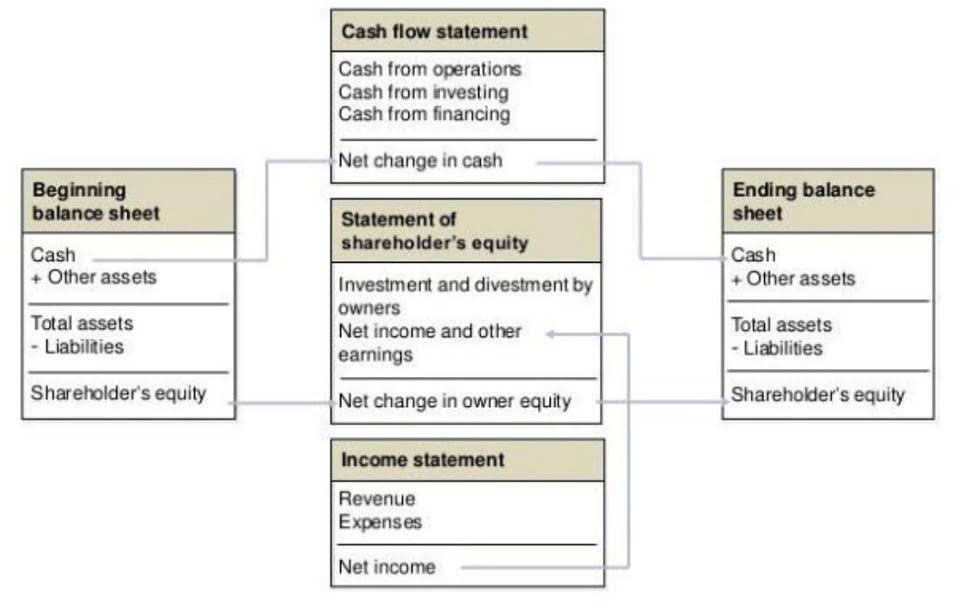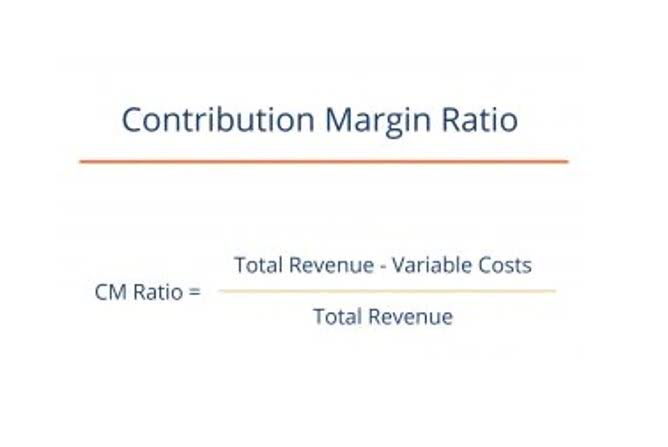
There’s surprisingly little to say about merger models and LBO models in the oil & gas industry. You see such high percentages because of the sky-high depreciation, depletion & amortization (DD&A) numbers for oil & gas companies and because many companies record them differently for book and tax purposes. When you project a natural resource company’s statements, you begin by projecting its production by segment what are retained earnings based on its reserves and its historical patterns. Each of these has its own unique set of departments that handle the various entries and procedures to ensure costs and revenue are accounted for properly.
How Are Oil & Gas Companies Different, Modeling-Wise?

Reserves are estimated quantities of oil and gas that can be economically recovered from known reservoirs under existing economic conditions and operating methods. Companies in the oil and gas industry need to account for their proven reserves. Predominantly means that the machinery or equipment is used more than 50% of the time in a production activity. Although total U.S. crude oil production generally declined between 1985 and 2008, annual production increased nearly each year from 2009 through 2019, reaching a record high in 2019. More cost-effective drilling technology helped to boost production, especially in Texas, New Mexico, North Dakota, Oklahoma, and Colorado. U.S crude oil production declined in 2020 and 2021, mainly because of the effects of the COVID-19 pandemic on the economy.
Merger Models and LBO Models
- Companies in the oil and gas industry need to account for their proven reserves.
- When there are conflicts between different accounting principles or methods, a hierarchy exists to guide the selection of the most appropriate principle.
- This category includes Petrobras (Brazil) and Statoil (Norway), among others.
- To receive the CAPPA certificate students must attain 70% in all levels of CAPPA.
- Monthly and yearly energy forecasts, analysis of energy topics, financial analysis, congressional reports.
Under this principle, notes to the financial statements, supplementary disclosures, and other relevant information should be included. Assets are generally recorded at their original cost, which is the amount paid to acquire them. The historical cost principle emphasizes reliability and verifiability in financial reporting. The oil and gas production accounting principle outlines when and how to recognize revenue from the sale of goods or services.
Also in Natural gas explained
- Financial statements are prepared under the assumption that the entity will continue to operate for the foreseeable future.
- When it comes to oil and gas companies, everything revolves around how they treat capitalized costs.
- Because of the diverse objectives of their supporting governments, NOCs pursue goals that may not be market oriented.
- Accurate accounting helps in valuing these reserves, determining depletion, and providing insights into the company’s overall asset base, influencing strategic decisions and financial planning.
Information is considered material if its omission or misstatement could influence the economic decisions of users. Expenses should be recognized in the period in which they are incurred, helping to match costs with the revenue they generate. This principle supports the accurate portrayal of a company’s profitability.
Oil and petroleum products explained

It truly depends on what a business determines to be the most important for their operations in any given situation. Upstream companies primarily operate within exploration, development, and production. You must possess a deep breadth of knowledge about contemporary financial techniques and how they apply to the energy industry.

Taxation and Finance

In 2022, five states combined accounted for about 72% of total U.S. crude oil production. There are a lot of differences with oil, gas, and mining companies but the overarching ones are that they cannot control prices and that they have depleting assets that constantly need to be replaced. It is widely used in oil, gas, mining, and other commodity-based sectors, and it often produces more accurate results than the standard DCF analysis.
Data Tools, Apps, & Maps
- The good news is that most of the same valuation methodologies you’re used to seeing – public comps, precedent transactions, and even the DCF model – still apply to (most) oil, gas & mining companies.
- Students must attain a PGPA and/or a CGPA of 2.0 or better in each semester and pass the necessary prerequisite courses to progress through the program.
- There’s surprisingly little to say about merger models and LBO models in the oil & gas industry.
- To qualify for graduation, students must pass all courses, attain a CGPA of 2.0 or better and complete course requirements within the prescribed timelines.
- A manufacturer may purchase raw materials that will become part of the finished product without paying sales tax by issuing Form ST-120, Resale Certificate, to its supplier.
- You must possess a deep breadth of knowledge about contemporary financial techniques and how they apply to the energy industry.
You can roll up most niche accounting functions into one of those six primary functions because all industries have capital expenditures, operating costs, G&A, revenue, and production. This section summarizes recently enacted federal legislation affecting the financial reporting of income taxes and new and proposed FASB guidance on accounting for income taxes. Accounting methods and principles should be applied consistently from one period to another. Whether you’re drilling, conducting seismic testing, or carrying out other exploration activities, companies need to account for the costs of exploring and developing gas reserves.


